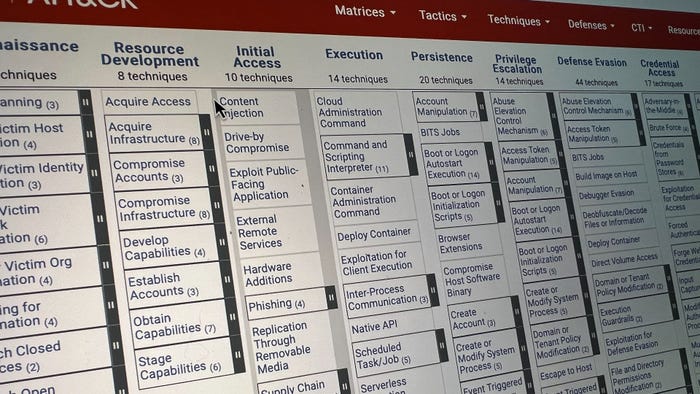7 Tips for Securing the Software Development Environment7 Tips for Securing the Software Development Environment
Recent attacks have highlighted the need for organizations to pay closer attention to the hardware, software, and networks used in software development.
August 24, 2021

Already have an account?
The attack disclosed by SolarWinds last December and others like the one on Codecov earlier this year focused a lot of attention on how organizations can mitigate risks via the software supply chain. Considerably less attention has been paid, however, to how organizations can protect their own software development and testing environments against similar breaches.
As the attacks demonstrated, software development environments are an attractive target for threat actors. Protecting these environments is critical to reducing the risk of an attacker carrying out a variety of potentially different actions. This can include stealing encryption and access keys, passwords, and intellectual property, according to the UK National Cyber Security Centre (NCSC).
Other risks include attackers embedding malicious code into a development project, using a development system to attack the build and software deployment pipeline, and harvesting information on how sensitive applications work for use in future attacks, the NCSC has noted.
Following are seven tips for protecting your development environment and continuous integration/continuous development (CI/CD) pipeline against attacks and compromises.
About the Author
You May Also Like
Uncovering Threats to Your Mainframe & How to Keep Host Access Secure
Feb 13, 2025Securing the Remote Workforce
Feb 20, 2025Emerging Technologies and Their Impact on CISO Strategies
Feb 25, 2025How CISOs Navigate the Regulatory and Compliance Maze
Feb 26, 2025Where Does Outsourcing Make Sense for Your Organization?
Feb 27, 2025




